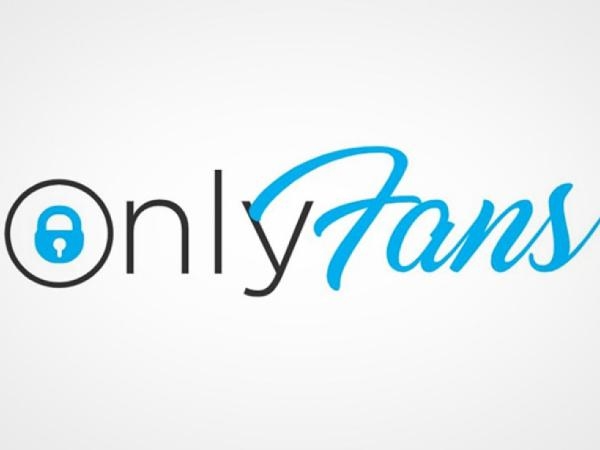OnlyFans breaks its own model: earns millions without content while creators work

OnlyFans logo
OnlyFans
Webcam-style adult content platforms have become one of the most lucrative and dynamic segments of the digital economy. These platforms allow models or creators to broadcast live, interact with their audience, and monetize their content through subscriptions, tips, or sales of custom material. Unlike the traditional pornography industry, these platforms offer greater autonomy to creators, who control their image, their rates, and their direct relationship with their followers.
However, it also presents challenges in terms of regulation, privacy, and data protection, especially due to the personal exposure and the risk of digital exploitation that can arise from the model. In countries like Colombia, Mexico, and the United States, these types of platforms have grown exponentially, consolidating a new form of digital work based on intimacy and real-time interaction . This is how platforms like OnlyFans have emerged. See more: The other side of the game: athletes who have turned to OnlyFans for extra income
Since its founding in London in 2016, the OnlyFans platform has established itself as a revolution in the world of digital content, especially for its ability to generate millions in revenue without producing its own content .
According to data published by Infobae, OnlyFans offers an intermediation model where most of the value is provided by independent creators: the company keeps a fixed commission of 20% and the remaining 80% is distributed among the millions of users who create content under subscription or payment for personalized services.

OnlyFans
OnlyFans
See more: The country that banned buying sex services online: why it did it. The most striking thing about the OnlyFans model is the extreme operational efficiency with which it is carried out: with just 42 permanent employees in 2023, the platform processed payments of 6.2 billion euros, according to Fenix International , which represents a productivity per worker that surpasses that of technology giants such as Apple, Amazon or Meta.
It requires no factories, physical inventory, or complex logistics: its infrastructure consists primarily of a digital platform connecting creators and subscribers. Each new user or creator barely increases marginal costs, and the scale is enormous: over 240 million registered users and approximately three million active creators globally .
See more: Mother of one of the 'most sexually active' women reacts to her daughter's workThe implications of this model are numerous. On the one hand, it has allowed people worldwide to generate significant income through the so-called "creator economy" or gig economy, in which anyone with a camera, an idea, and an audience can monetize their work without going through traditional channels. On the other hand, it raises regulatory, ethical, and sustainability challenges: most of the content remains associated with adult themes, which subjects the platform to a high level of legal and reputational scrutiny .
In short, OnlyFans represents a milestone in digitalization: it demonstrates that a company can concentrate unexpectedly high value—thanks to a network connecting millions of producers and consumers— without owning the traditional means of production . See more: Tax on webcam and OnlyFans models: What is the reason for this measure? But it also shows that this highly profitable and scalable model is not harmless: it demands debates about the economy it promotes, the role of creators, and the social implications of an industry where intimate, erotic, or personalized content finds its niche for direct monetization. VALENTINA DELGADILLO ABELLO
Portfolio Journalist
Portafolio





